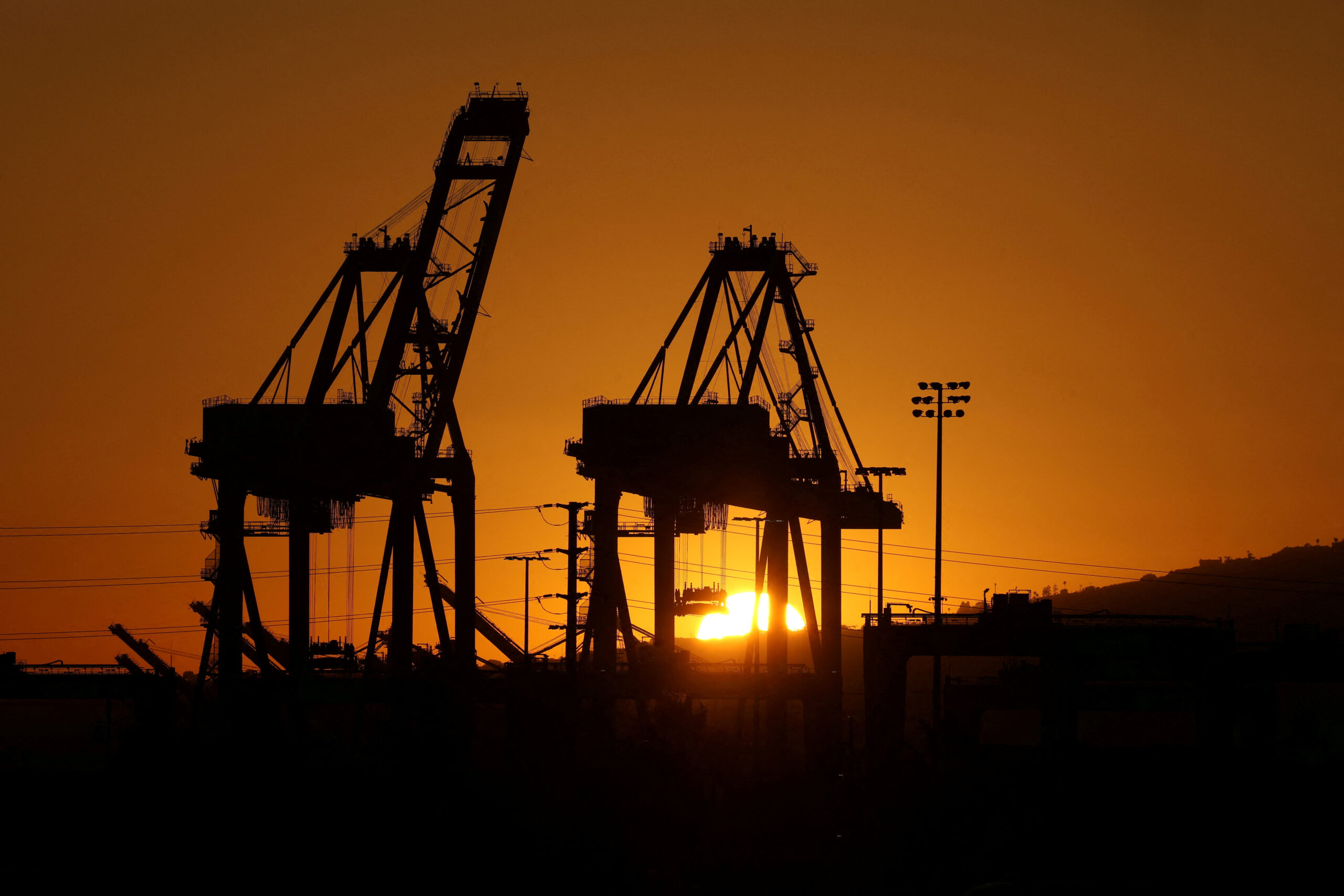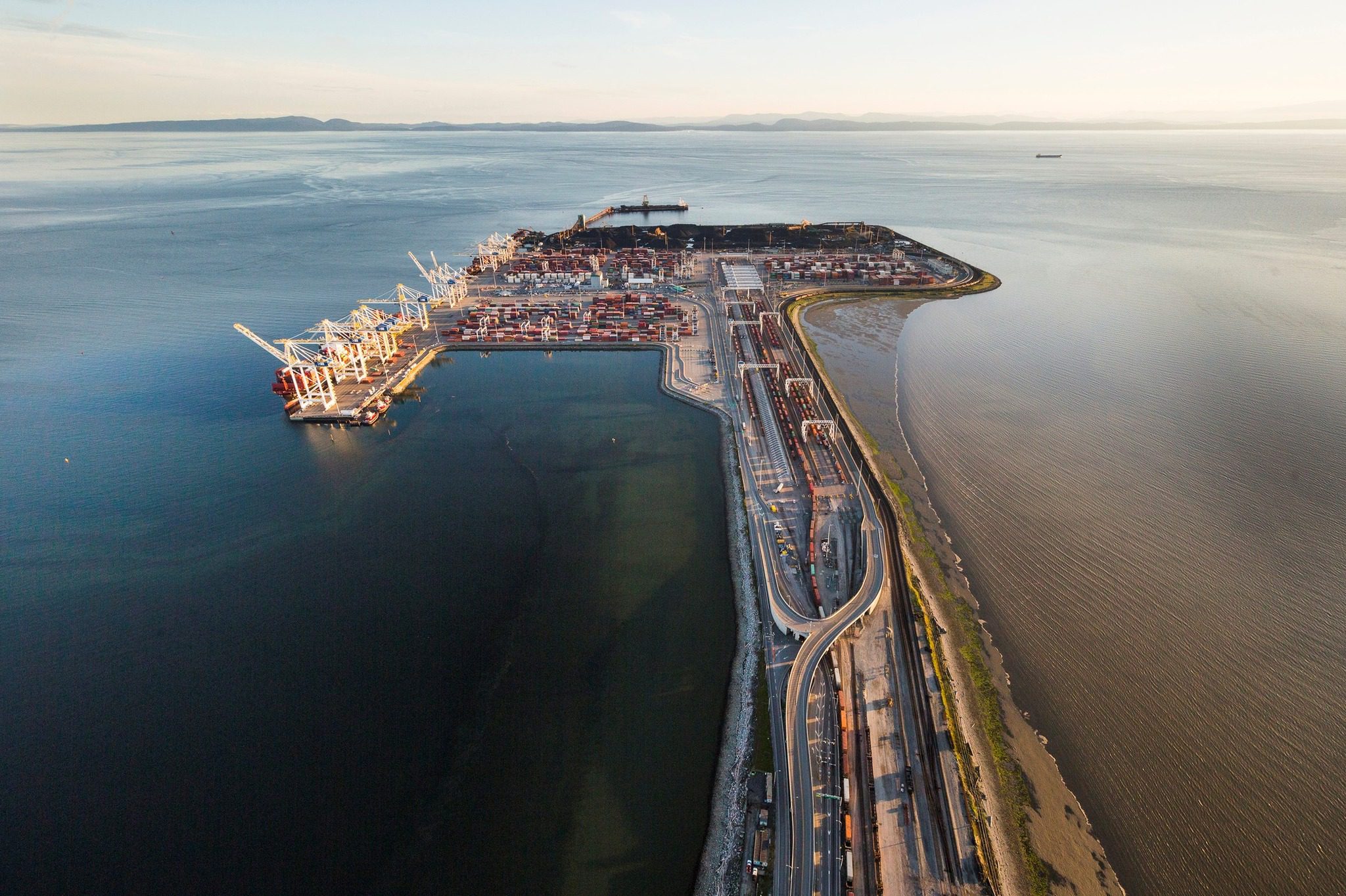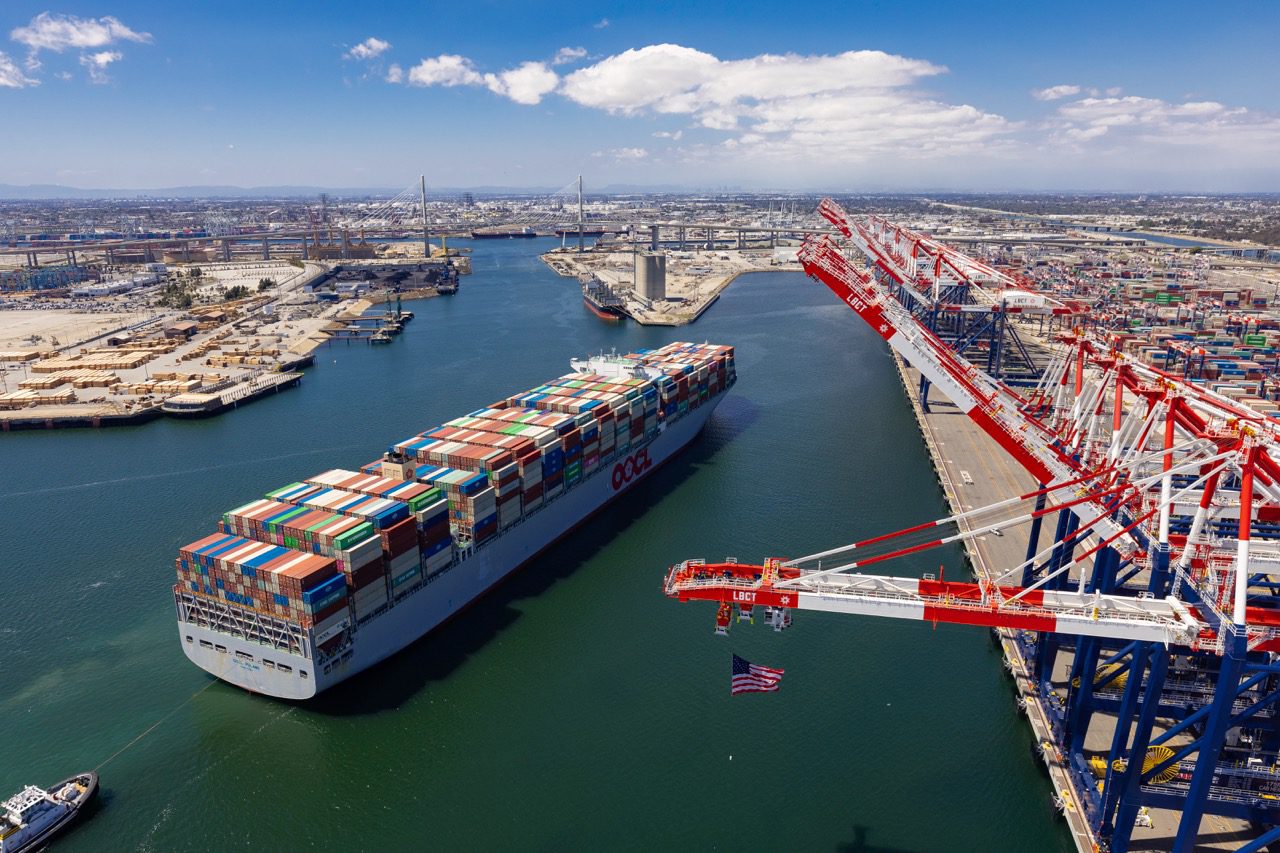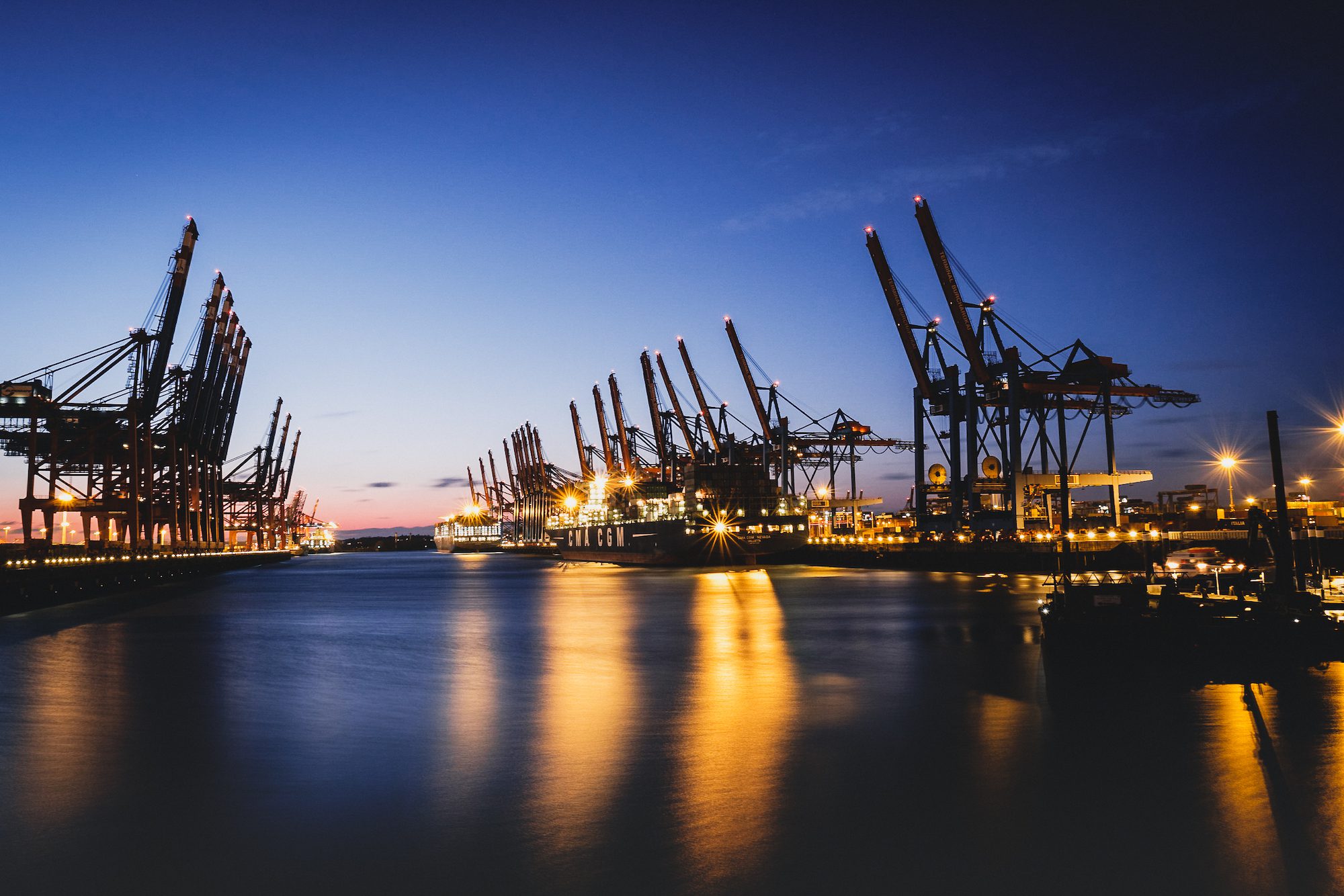By Lisa Baertlein
LOS ANGELES, July 11 (Reuters) – U.S. seaport operators are asking for extra time to implement pending tariffs on towering ship-to-shore cranes as they expect President Donald Trump’s administration to follow through on a promise to essentially ban that vital cargo-handling equipment.
The United States Trade Representative (USTR) earlier this year proposed tariffs of up to 100% on those cranes after China devoured market share in its bid to dominate maritime manufacturing as well as commercial and military dominance on the seas.
China, via state-owned Shanghai Zhenhua Heavy Industries (ZMPC), now commands the global market and has supplied some 80% of the ship-to-shore cranes in the United States. ZPMC has more than 200 cranes in operation across nearly two dozen U.S. ports, including Houston, Los Angeles and New York. Each of those cranes costs anywhere from $10 million to $20 million.
Countering that trend is a priority for the Trump administration, whose officials stated in meetings they intended to put an end to such purchases, said Carl Bentzel, president of the National Association of Waterfront Employers (NAWE), which represents terminal operators and other groups.
Related Article: USTR Targets China’s Maritime Dominance With New Fee Structure and U.S.-Build Incentives
Asked whether he expected the tariff rate to land at around 100% when USTR issues its pending decision on the matter, Bentzel said, “I’ve been operating under the position that that’s the floor. This essentially is a ban on the use of Chinese manufactured cargo equipment.”
USTR and the White House did not immediately comment.
Trump is not the first U.S. President to push ports to buy higher-priced cranes from manufacturers with ties to U.S. allies, including Konecranes KCRA.HE of Finland, Mitsui E&S 7003.T of Japan and Swiss-headquartered Liebherr.
Joe Biden slapped 25% tariffs on ship-to-shore cranes from China in 2024 after the Cybersecurity and Infrastructure Security Agency, the Federal Bureau of Investigation and the National Security Agency publicly stated that China has sought to preposition cyber vulnerabilities in American critical infrastructure, including port equipment.
U.S. officials also warned that modems, software and other technology in that equipment could be a backdoor for spying on military operations or used as kill switches to hobble port operations.
Nevertheless, ports and terminal operators continued buying lower-cost Chinese cranes.
“The inaction and resistance from the port operator community is focused on short-term cost savings and massively underestimates the ultimate cost of inaction,” said William Henagan, a Council on Foreign Relations research fellow who was director for critical infrastructure at the National Security Council under Biden.
U.S. port operators and representatives for ZMPC 600320.SS in letters to USTR in May said security concerns linked to the cranes were out of proportion to the risk. Opponents also warned that the tariffs could heave billions of dollars of unexpected costs on the industry, stifling improvements meant to keep U.S. ports competitive.
These days NAWE, one of the industry organizations representing terminal operators, is working to mitigate the impact of the new tariffs by asking for exemptions for previously ordered cranes and a transition period for the implementation of new duties.
“We’ve chosen to work with them,” Bentzel said.
(Reporting by Lisa Baertlein in Los Angeles; Editing by Chizu Nomiyama )
(c) Copyright Thomson Reuters 2025.

 Join The Club
Join The Club











